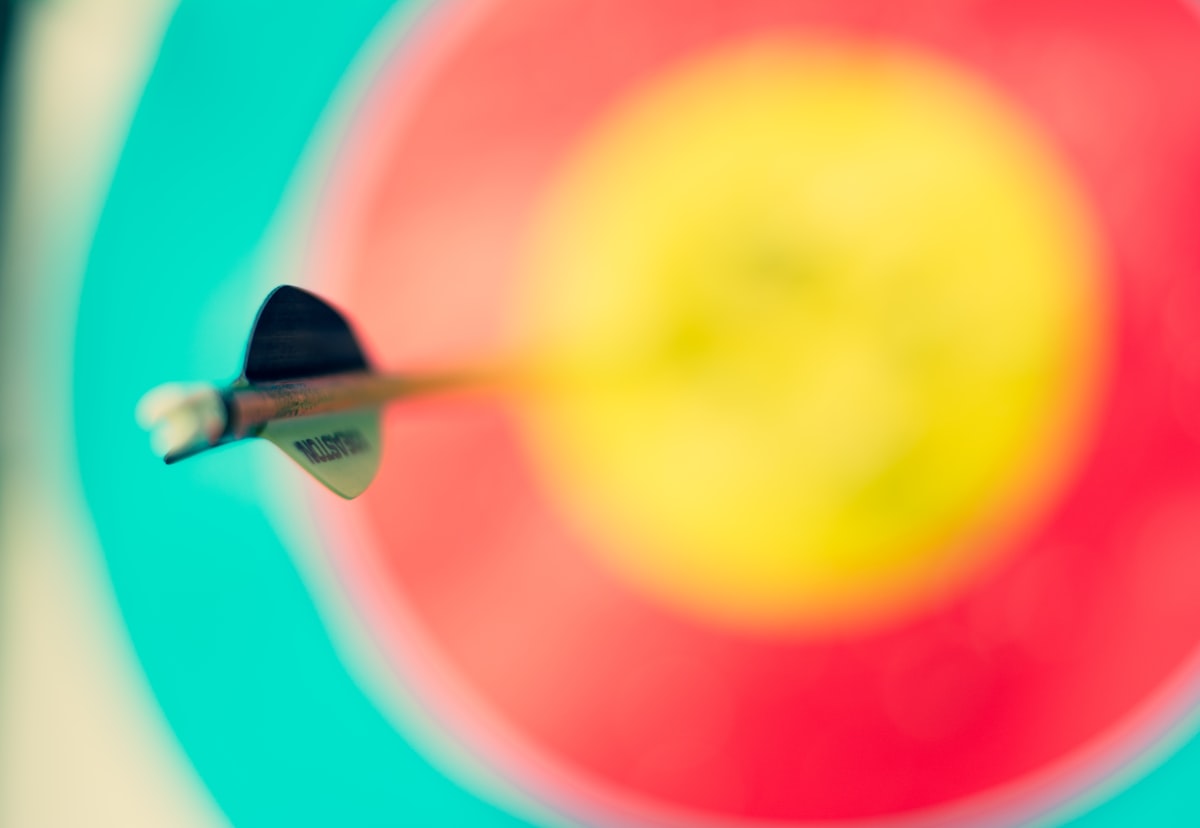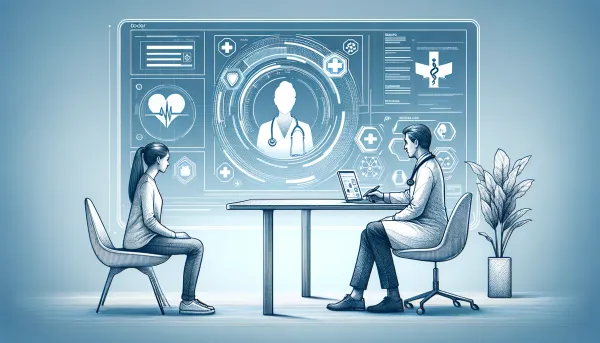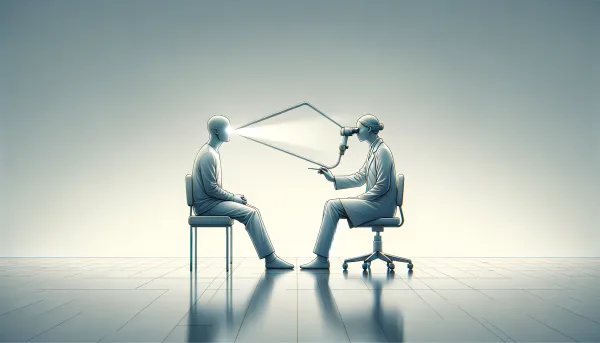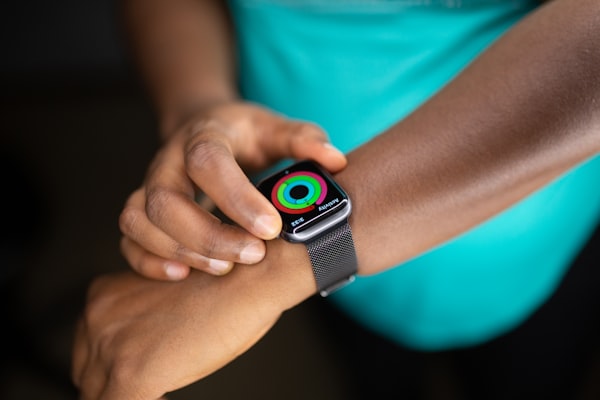Digital Health Is Elevating Precision Medicine
Precision medicine is where healthcare is developing. Pharmaceutical companies are already developing medication tailored for individuals. Where's the place for digital health?

Let’s first start with the definition of precision medicine.
Precision medicine is a medical model that proposes the customisation of healthcare, with medical decisions, treatments, practices, or products being tailored to a subgroup of patients, instead of a one‐drug‐fits‐all model.
Many Slovenians first came into contact with it in late 2019, when a boy with spinal muscular atrophy (SMA) was in urgent need of a drug that would treat his disease. The family was collecting funds for (at that time) the most expensive drug and treatment in the world, called Zolgensma. It’s a drug that carries a virus with the DNA of the survival motor neuron 1 gene, which is missing or not working properly in SMA. A one-time dose produced for specific patients often results in saving their lives, which was also the case with the Slovenian boy.
Precision medicine is unquestionably the way in which medicine is evolving. Novartis, the producer of Zolgensma, has a clear direction in which they want to develop their medication. The problem is that such treatment is meant for rare diseases and is incredibly expensive for now.
At first glance, precision medicine has less to do with digital health and more to do with genetics. However, if we research a bit down this rabbit hole, we find out that these two fields are closely connected. What if we could analyse genomes with the help of AI and machine learning (ML) to more efficiently determine what a patient needs? Or more efficiently and precisely predict whether a patient is prone to developing a disease? It’s already happening!
Earlier this year, Google published a study of a machine learning model aimed to improve genomic discovery of glaucoma. In short, they developed a prediction model that uses a fundus image to measure the diameters of the optic disk and the optic cup and determine the vertical cup-to-disk ratio (VCDR). This is a good predictor of whether a patient should be referred for assessment for glaucoma.
Earlier detection and treatment of glaucoma, a disease that causes progressive and irreversible vision loss, is a key strategy outlined by the World Health Organization for the prevention of blindness worldwide.
They applied this model to predict the VCDR in all fundus images from individuals in the UK Biobank. Since this database also includes genetic data, they performed a genome-wide association study (GWAS) to identify genetic variants that are associated with the changes in VCDR. The results show that there are 156 such genomic regions, and 93 of them were novel. If you’re asking yourself whether this model was accurate, they also compared it to another study, where experts determined the VCDR themselves. It found 62 out of 65 associations, “which indicates that the model accurately predicts VCDR”.
Our ML-based model was trained and tuned on images that were assessed by multiple graders and may therefore be expected to outperform a single human grader, on average.
The GWAS can be used to build a polygenic risk score (PRS), which is a combination of genes that can predict disease predisposition, in this case, glaucoma. However, the PRS from the ML-based GWAS showed greater predictive ability than the PRS determined by the experts. And they didn’t stop there. They even applied the model of determining the PRS to patient-reported indications of glaucoma, and the correlations were there. Mind-blowing.





